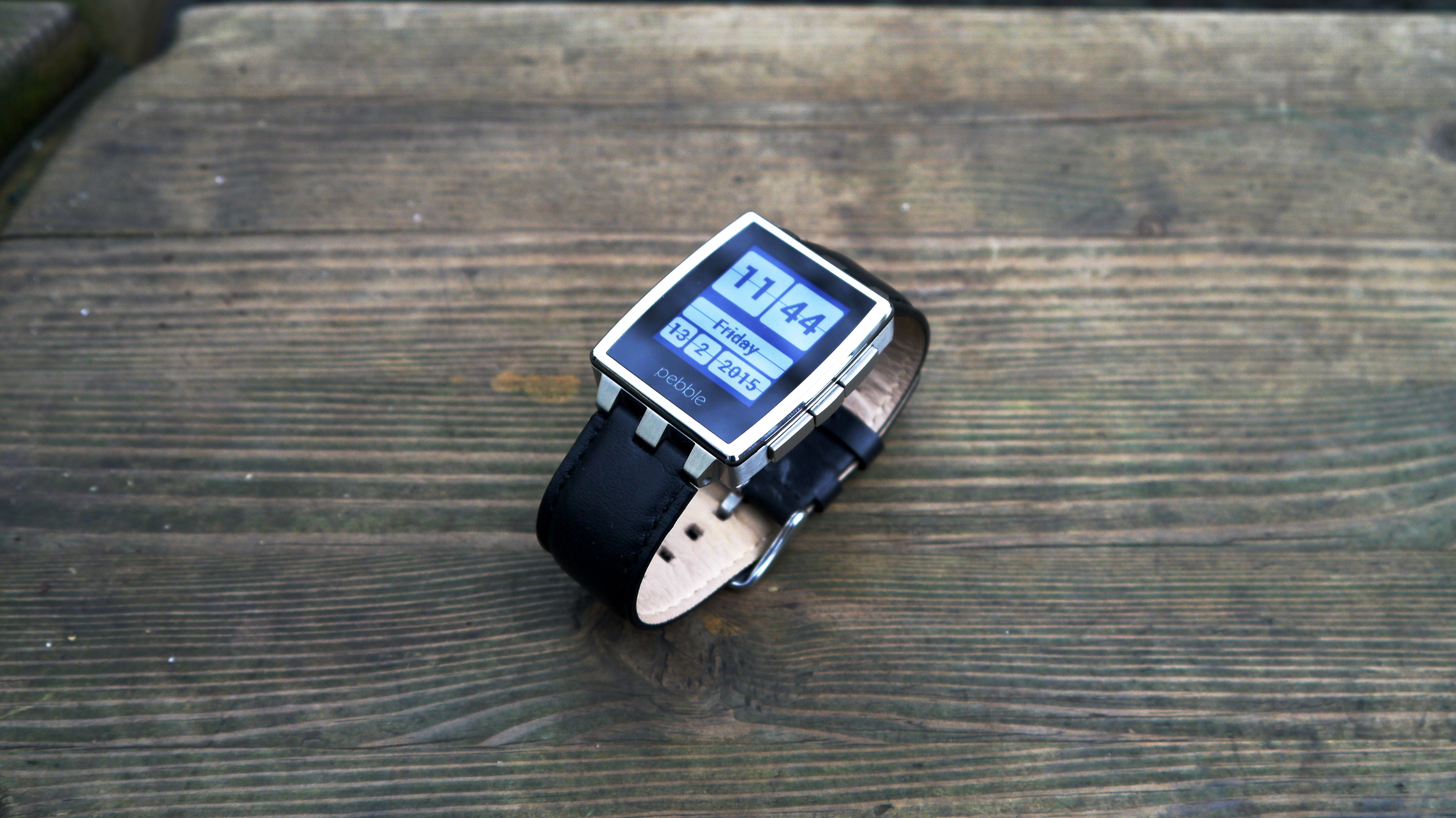Why you can trust TechRadar
Apps and fitness
As I explained in the previous section the Pebble Steel can only store eight applications on the watch at one time. Any others are kept in your "Virtual Locker" within the smartphone app, and you'll need to go here to swap apps on/off the watch.
What the Pebble platform has had is time, especially compared to Android Wear, so there's actually a surprisingly high number of applications available for the Steel.
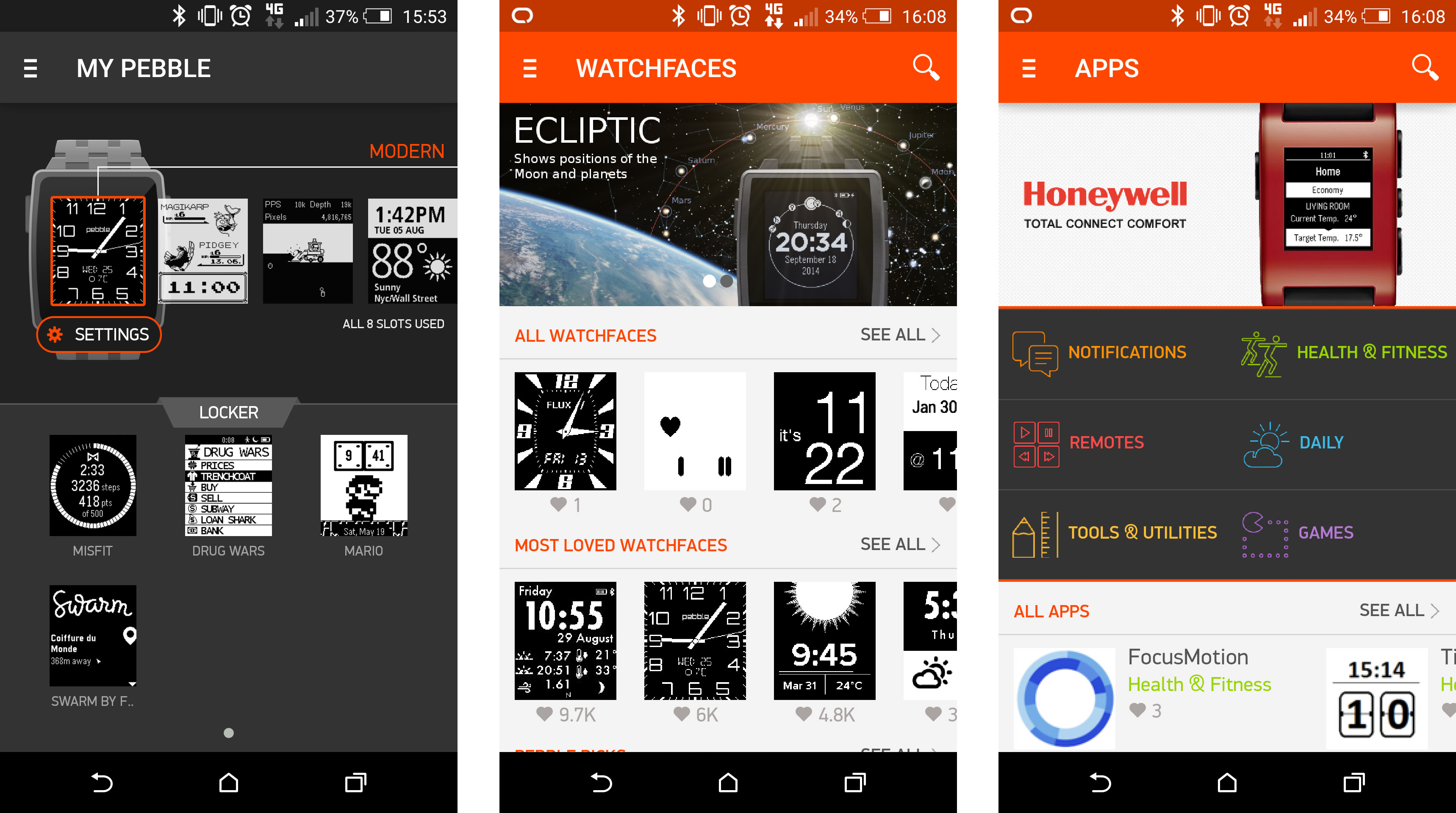
From games to tools to health and fitness, the scope is impressive considering the platform isn't being backed by an Apple or Google.
The dedicated developer community has embraced the platform, and even some of the bigger companies such as RunKeeper, Endomondo, ESPN, ebay have got on board.
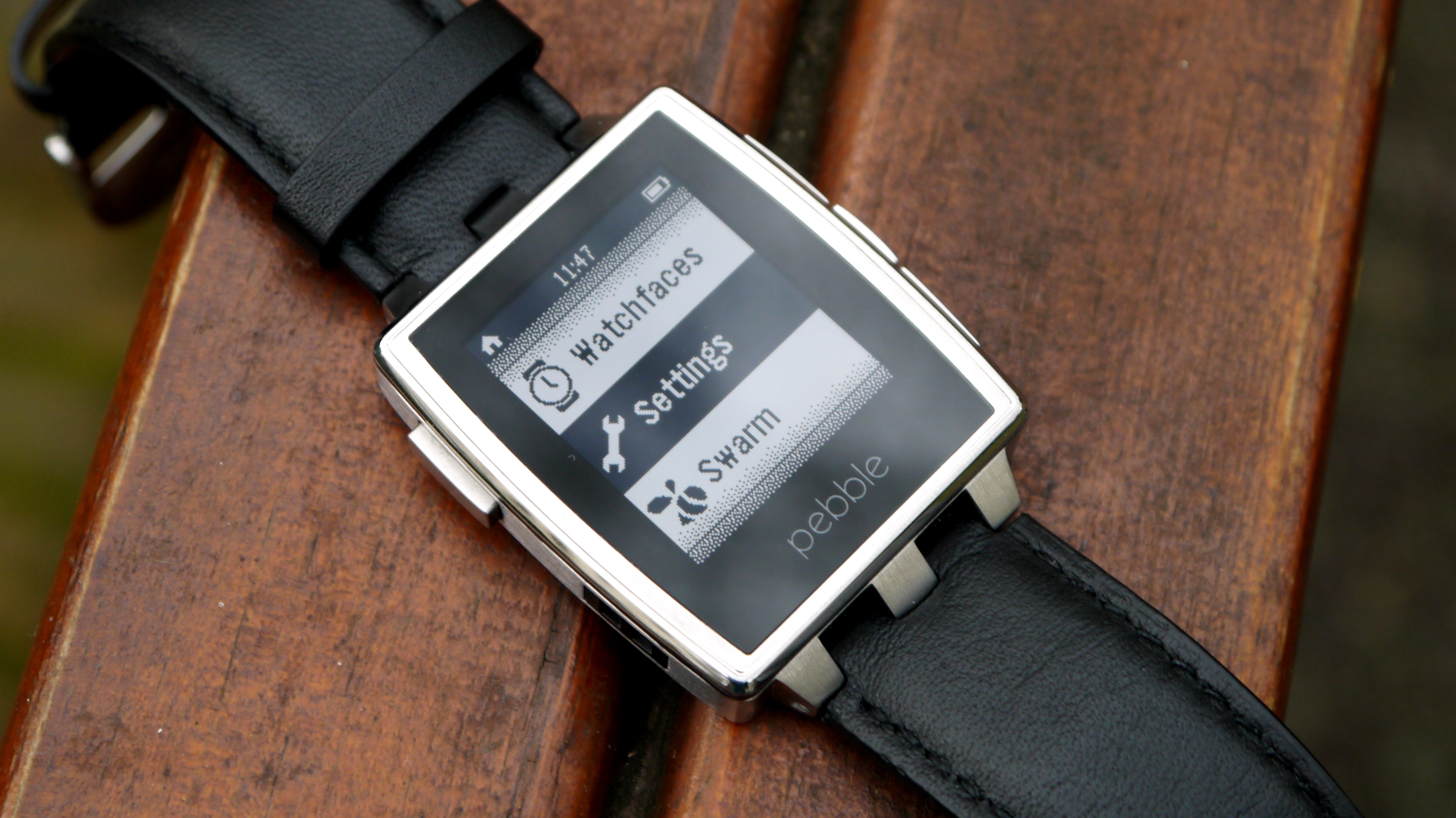
There are plenty of firms who haven't opted to develop for Pebble, but when you consider the limitations of the screen, controls and app storage capacity it's easy to see why.
It's not just the range of apps and games which is impressive however, there's a whole host of watchfaces for you to choose from too. The fact that everything is free is another feather in the cap of the Pebble ecosystem.
If there are one or two apps you constantly find yourself using on the Steel you can set quick launch options from the settings menu. A long press down on the up or down key will see you jump straight to the app of your choice. Perfect for my Pixel Miner addition - a wonderfully simple, yet addictive little game.
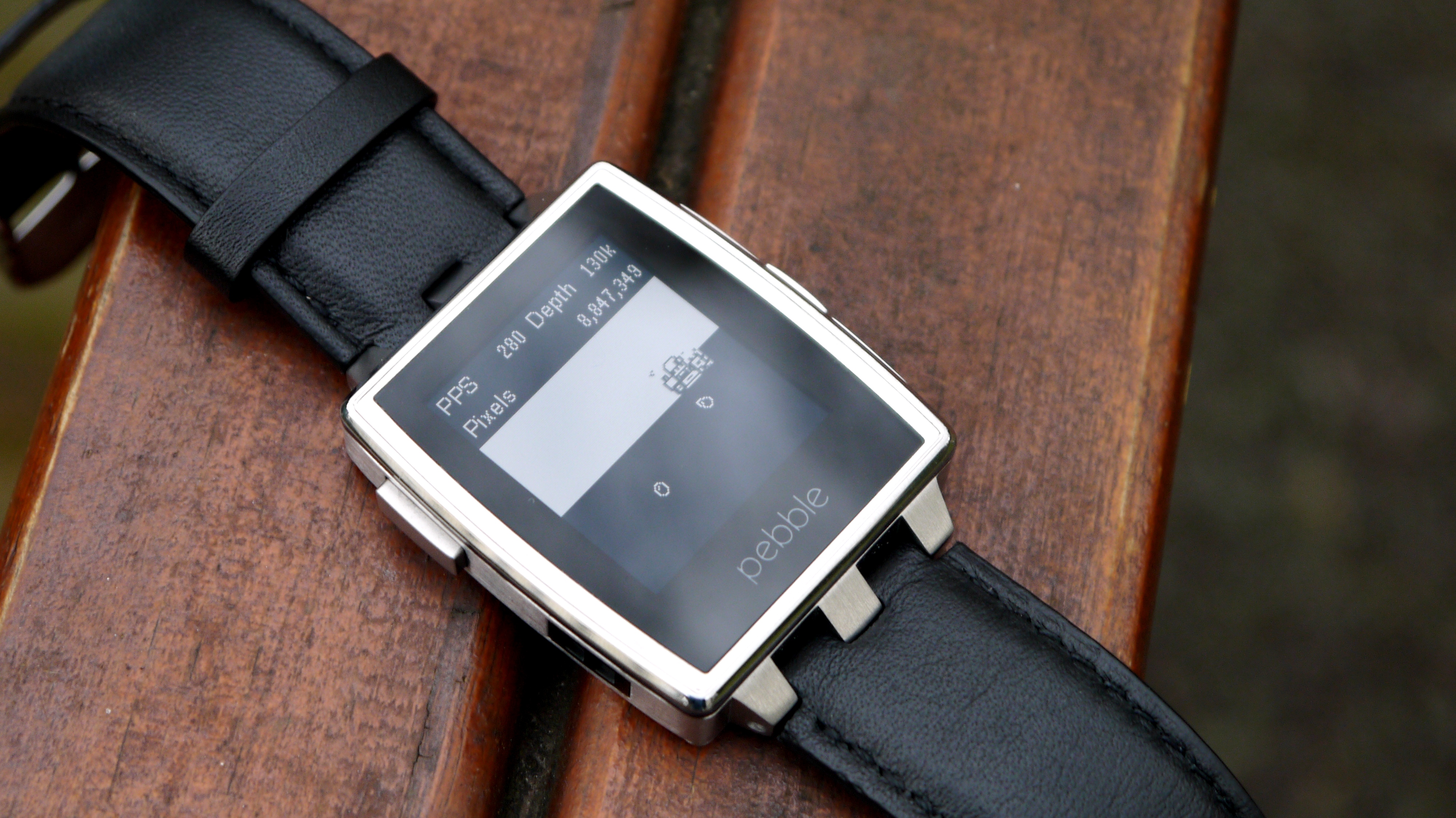
Unfortunately it all comes back to that limited app line up available on the watch. While you can "add" as many apps as you like, the fact is you'll never have more than eight on your wrist at a time and I found many of the apps I downloaded early on were left to rot in my locker.
It's a sad summation, but you're unlikely to regularly visit the smartphone app to swap applications around. At the end of the day the smartphone equivalent will be much better and if you already have your phone out you might as well just use that.
A lot of the apps on the Steel don't have the functionality or complexity to really hold your attention and keep you coming back for more (Pixel Miner being an obvious exception), so while there's plenty of choice a lot will sadly fall by the wayside.
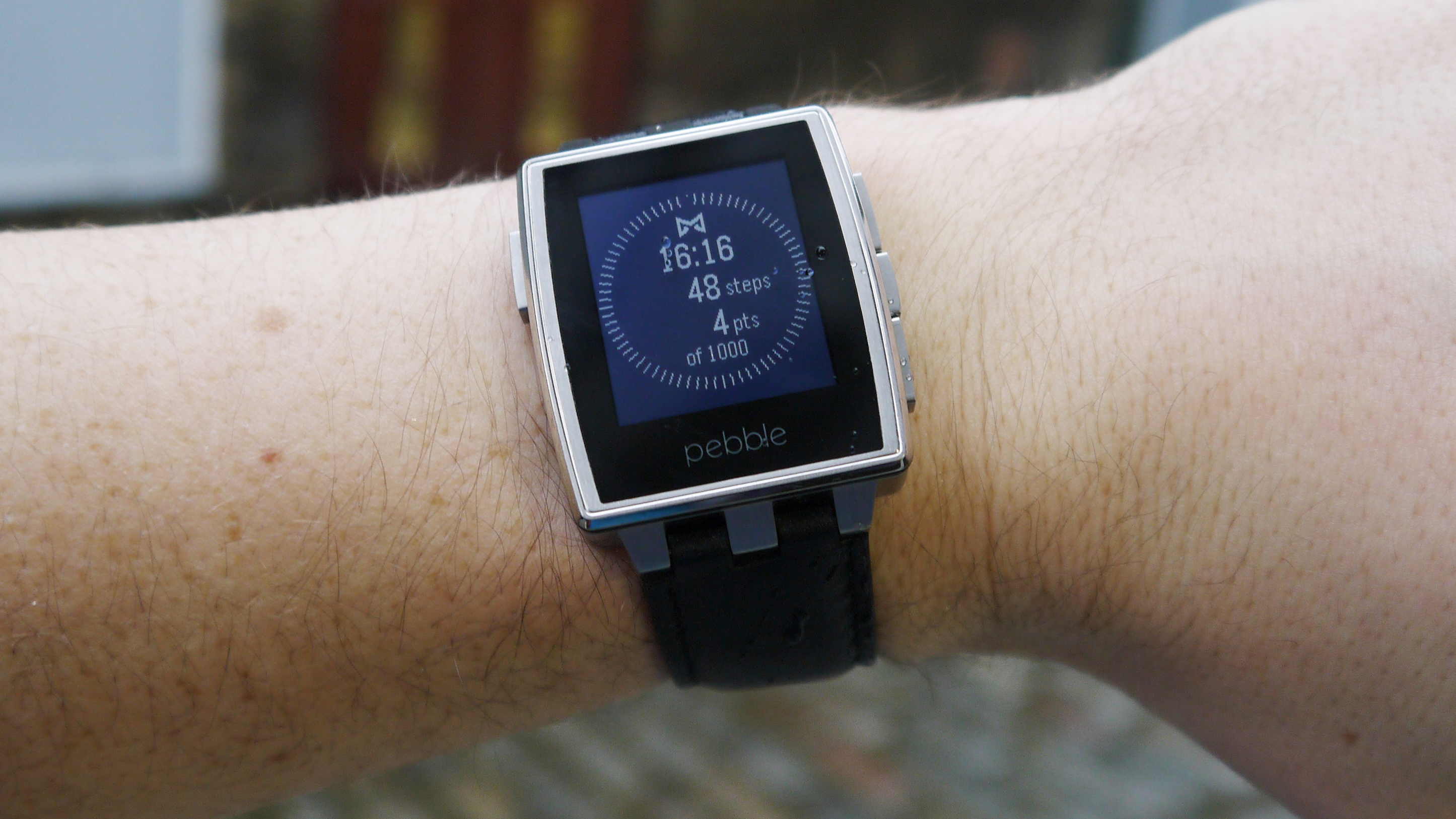
Dive into the settings menu on the Pebble Steel and you'll notice there's an "activity" option, although it'll ask you to download a fitness tracking app before it does anything (basically, a list of your installed fitness apps).
Head to the app store in the Pebble app on your smartphone and you'll find a variety of trackers. I plumped for the MisFit app, as it didn't require a companion smartphone application, and it was able to track my steps and sleep.
The step tracker was relatively generous, awarding me steps for arm movements while seated, but it gives you a general idea of how much exercise you've had each day. There's no heart rate monitor here, so no bpm for you, but that's hardly an issue.
Battery life and connectivity
Battery life is the Pebble Steel's strongest feature. Thanks to the e-paper display and lack of demanding applications the Steel is extremely power efficient.
Pebble quotes 5-7 days of life from one charge on the Steel, which may be slightly generous, but I was comfortably able to get a solid four days from the smartwatch - and that included a lot of time spent on Pixel Miner.
That's much better than the one to two days of life provided by the various Android watches, and makes the Steel a much easier device to live with day to day as you don't need to worry so much about battery life.
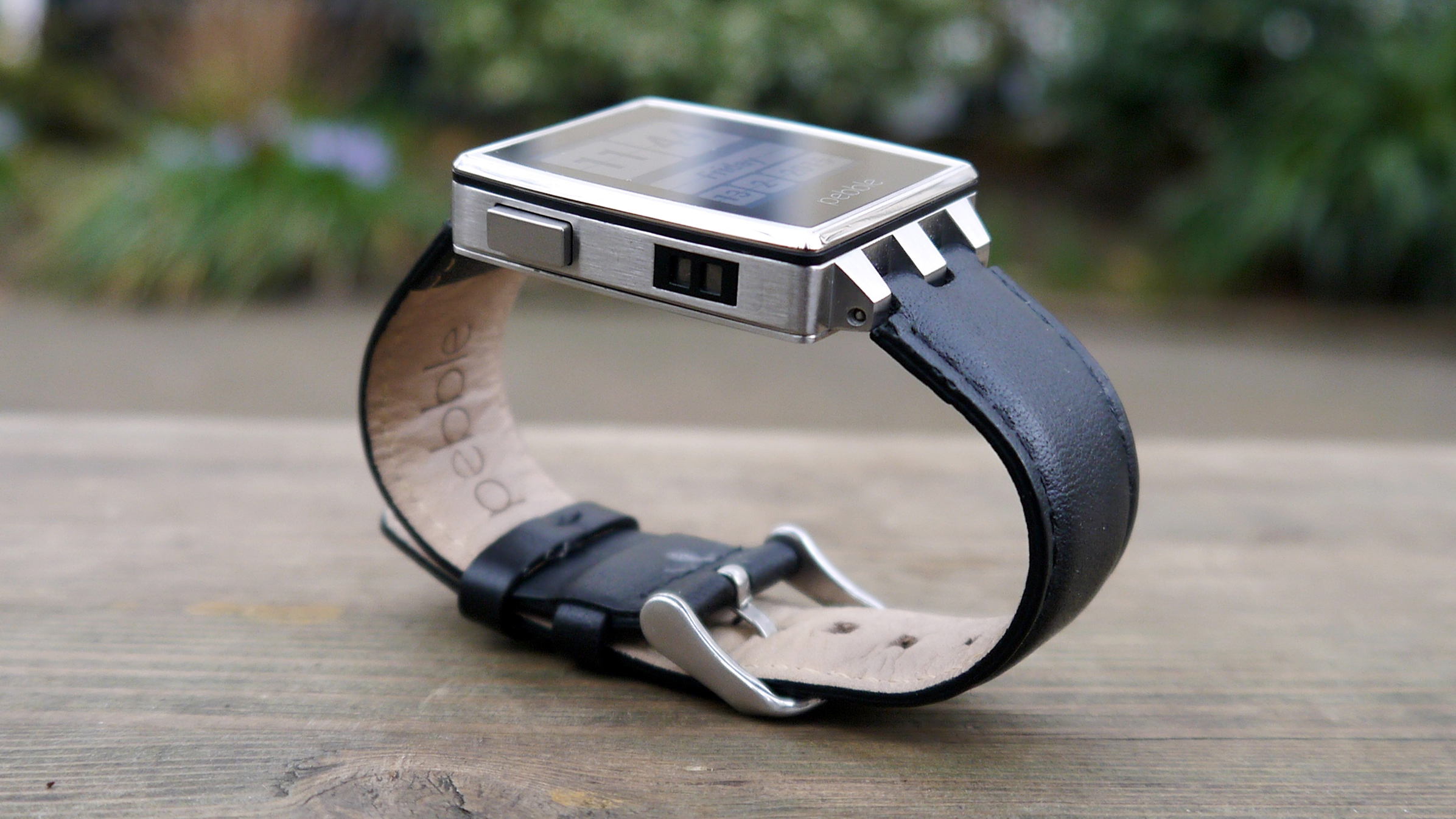
There's a magnetic connection of the left side of the watch, allowing you to clip the charging cable on to in a similar fashion to the magnetic cables you get on a MacBook.
It's easy enough, and the fact you don't have to do it every other day like the bunch of Android Wear offerings it makes for a much more pleasant user experience.
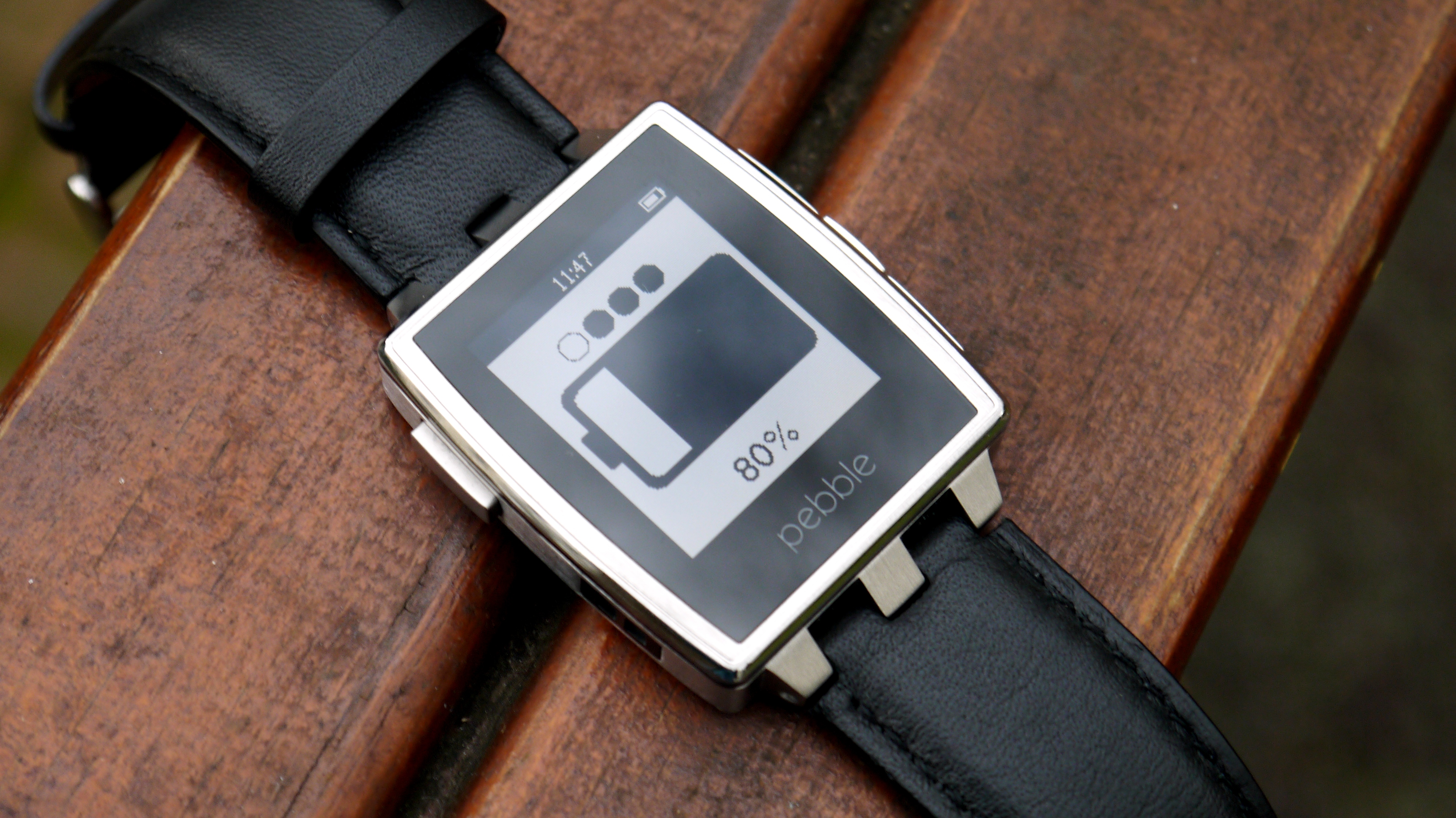
It's not as quick to charge as the Moto 360, with 50% taking at least a couple of hours, so while you'll be charging it less you may need to plan your refuels.
In terms of connectivity the Pebble Steel makes do with Bluetooth 4.0 which it uses to communicate with your smartphone. There's no GPS or NFC in play here, reducing its effectiveness as a running device and ruling it out of mobile payments.

TechRadar's former Global Managing Editor, John has been a technology journalist for more than a decade, and over the years has built up a vast knowledge of the tech industry. He’s interviewed CEOs from some of the world’s biggest tech firms, visited their HQs, and appeared on live TV and radio, including Sky News, BBC News, BBC World News, Al Jazeera, LBC, and BBC Radio 4.
